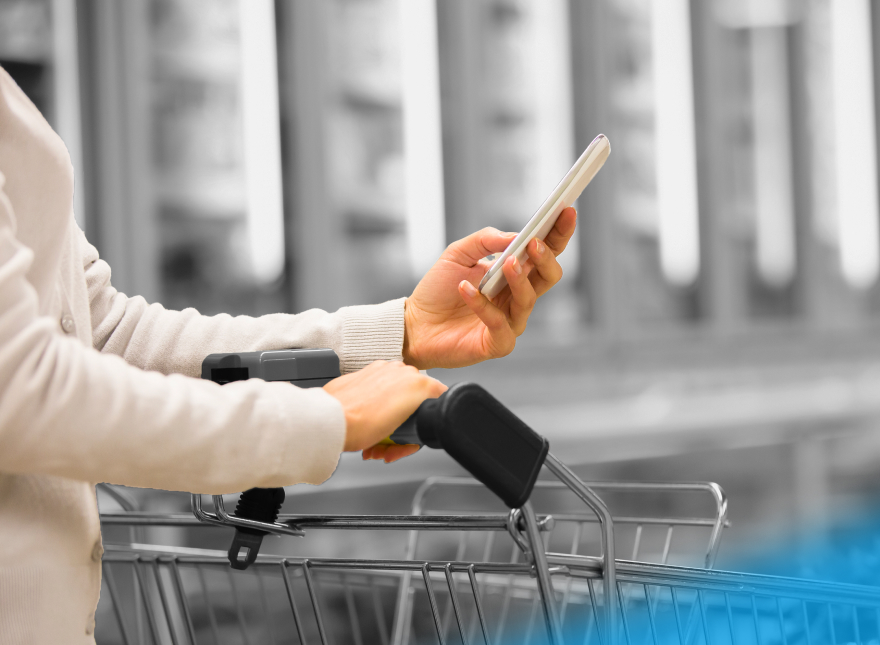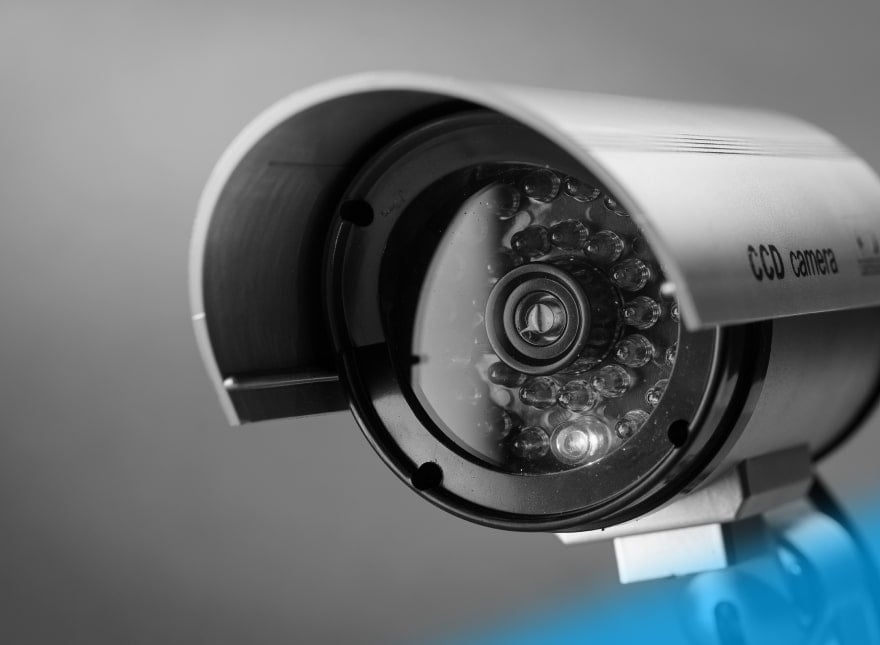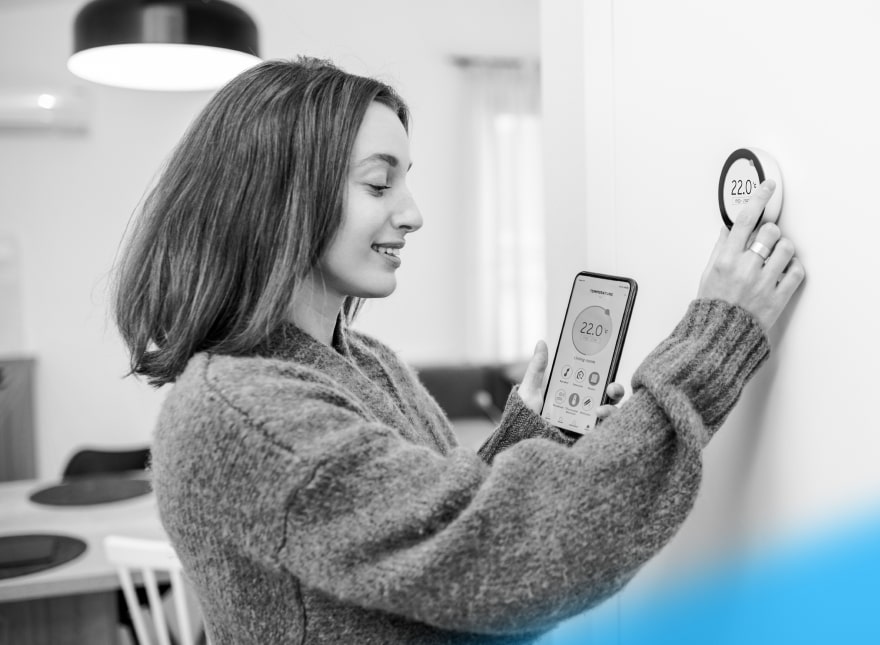From Retail Beacons to Smart Hospitals: a Rundown of Bluetooth Location Services
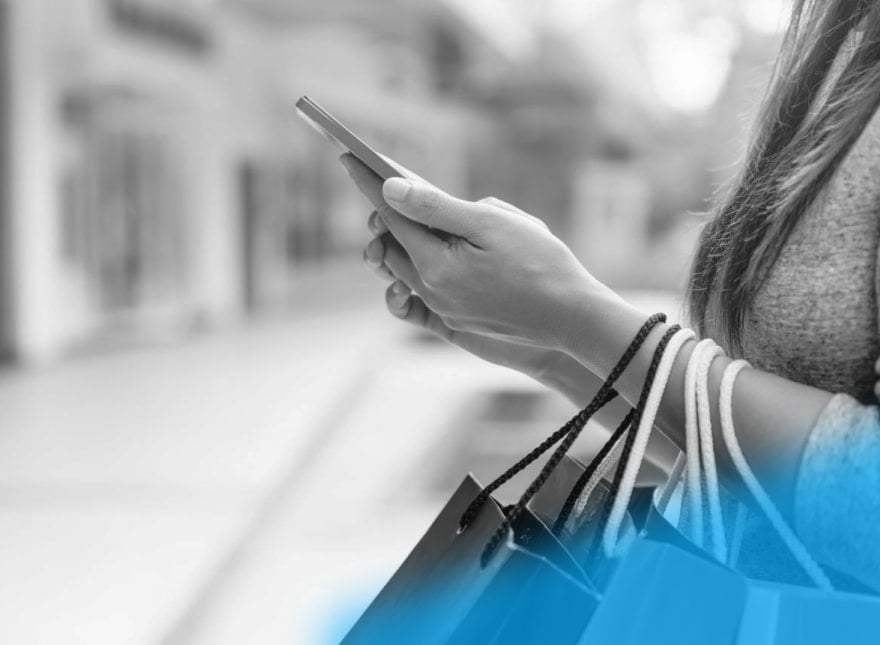
Bluetooth Location Services is a smart feature that helps establish communication between two Bluetooth-powered gadgets and figure out how close they are to each other using received signal strength indication (RSSI).
Table of Contents
Starting with version 5.1, Bluetooth also supports direction finding functionality, which enhances Bluetooth Low Energy (BLE) signal coverage and positioning accuracy down to the centimeter. This is made possible thanks to Angle of Arrival (AoA) or Angle of Departure (AoD) data obtained from fixed receivers and portable devices.
Bluetooth Location Services: Areas of Application
- Point-of-Interest (PoI) recommendation systems. A PoI system is a proximity solution that helps businesses engage smartphone users walking past a restaurant, shop, or museum. To deliver promotional messages to customers, companies install beacons — i.e., small battery-powered BLE signal transmitters — throughout their facilities. To receive contextual data, users need to download a mobile app that enables their smartphones to tune in to nearby beacons. Initially, Point-of-Interest recommendation systems were mostly used by retailers. Today the technology is finding a home in connected buildings, smart factories, and Smart Cities.
- Item finding solutions. These systems rely on power-efficient BLE tags set up on movable objects, like a shopping cart, inventory in a brick-and-mortar store, or a set of keys. To find a misplaced item, users also need a mobile application that turns on Bluetooth in their smartphones to capture signals coming from BLE transmitters.
- Real-time locating systems (RTLSs). Unlike relatively simple item finding systems, RTLS solutions incorporate multiple components, including Bluetooth receivers installed in fixed locations around a facility, a centralized server, and Bluetooth tags. The tags, which can be attached to movable assets and people, transmit signals at regular intervals. The receivers capture the data and relay it to the server. Based on the signal strength and the known position of each receiver, the server figures out the exact location of individual items. RTLS solutions are widely used in warehouses and hospitals, and on construction sites.
- Indoor positioning systems (IPSs). IPS solutions make use of Bluetooth transmitters, which interact with mobile applications pre-installed on user smartphones. The applications interpret BLE signals and evaluate their strength to determine a user’s whereabouts at a given moment. Bluetooth indoor positioning systems help people plot their way around large office buildings, airports, stores, and other facilities where GPS and satellite navigation falls short.
- Access control solutions. In the automotive industry, the Bluetooth Location Services functionality is implemented in wireless key fobs and smartphone-based virtual car keys. Similarly, the technology can be used in industrial settings to restrict access to hazardous areas.
Bluetooth Location Services Help Businesses Boost Sales, Enhance Customer Experience, and Improve Asset Visibility
Retail
The primary reason to use Bluetooth Location Services in retail is to encourage impulse buying.
Attached to a shop window, store shelf, or wall, beacons send one-way messages to customers’ smartphones. Those messages can be detected by a variety of apps, which use mobile operating systems to search for nearby beacons. While retail giants like Target build their own apps to collect shopper location, dwell time, and food traffic data, smaller brands partner with 3rd-party app publishers who bundle beacon tracking into their applications. Once an app identifies a beacon, it notifies the company’s server about a customer lingering in the dairy department. That’s how push notifications like “Get three packs of Stonyfield Greek yogurt for the price of two” end up on our phones.
![]() However, retail brands should be crystal clear about how they use customer data collected through beacons and take extra steps to secure it.
However, retail brands should be crystal clear about how they use customer data collected through beacons and take extra steps to secure it.
Among the retail chains that leverage beacon solutions to micro-target consumers are Lord & Taylor, Auchan, and Walmart. The latter went on to combine proximity marketing with Bluetooth wayfinding technology, which helps customers find their way around the Dallas-based Sam’s Club store by accessing shopping lists they created in the Walmart app.
HoReCa
Bluetooth proves to be one of the best technology platforms to enhance customer experience at food and beverage facilities, hotels, and airports.
In the run-up to the 2016 Olympic Games held in Rio, the Brazilian authorities deployed three thousand BLE beacons at Antonio Carlos Jobim International Airport. The technology helped sports fans locate check-ins, baggage belts, and departure gates faster and kept them in the loop about flight delays and gate changes. Another example comes from Miami airport, where a beacon-enabled mobile app directs travelers to the correct gate while also providing information about nearby shops and restaurants.
Besides indoor navigation, Bluetooth Location Services can be used to pinpoint the hotel or restaurant staff members closest to a given customer and notify them about a service request. Martini connected ice cubes, for instance, sense the lack of liquid in your glass and signal bar staff to get you another round.
Construction
Every year, one in ten construction workers gets injured. Could Bluetooth be the ultimate solution to the construction site safety problem?
On construction sites, BLE beacons can be placed on walls and equipment, or be carried by workers. The data they capture is sent to the cloud and visualized using dashboards or mobile applications. This way, managers can monitor asset and staff location in real time, detect where an accident has taken place, and notify employees when they enter a confined area. Bluetooth-based solutions for engineering and construction (E & C) companies also enhance progress tracking. At the end of a shift, workers can take photographs of a construction site, which will be automatically geo-tagged by nearby BLE transmitters, and send the pictures to the head office.
Warehousing and Storage
When it comes to inventory management, 80% of warehouse workers around the world still rely on pen and paper. As a result, human errors remain the biggest issue for 46% of warehousing and storage companies.
At warehouses, BLE beacons are often used in tandem with other technologies, including warehouse management software, voice-operated picking systems, packaging robots, and handheld barcode scanners. The data collected through beacons is fed to resource planning software on the back-end level, which helps warehouse managers streamline inventory count, locate items faster, and utilize storage space more efficiently. The technology can be further used to track employees’ whereabouts and limit access to certain areas of a warehouse.
Throughout 2020, Swissport International is expected to deploy BLE readers at its 115 cargo warehouses to track parcels, mail, and cargo delivered via Descartes Core Unit Load Devices (ULDs) — in the air and on the ground. The solution also controls storage conditions using temperature, humidity, and movement sensors.
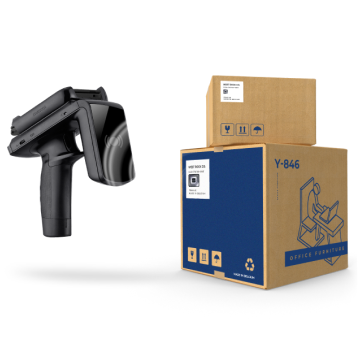
Healthcare
From indoor navigation systems implemented in hospitals to connected insulin pumps that securely exchange data with mobile apps, Bluetooth is paving the way for the digitalization of the healthcare industry.
Nicklaus Children’s Hospital, formerly known as Miami Children’s Hospital, uses BLE beacons and RFID tags to locate assets and track personnel within its emergency department. Wireless thermometers like MedAngel help patients store their medications according to manufacturers’ recommendations (and that’s something 93% of individuals fail to do). Amid the COVID-19 outbreak, Google and Apple are launching a BLE-based system to track users’ contacts and prevent the virus from spreading.
.jpg?width=880&name=What-to-Know-about-Bluetooth-Location-Services-Growth%20(1).jpg)
By 2024, Bluetooth device sales are projected to reach 6.2 billion units globally. 538 million of these devices will be using Bluetooth Location Services. The growing demand for proximity technologies can be attributed to the greater adoption of IoT solutions in business. Thanks to its power efficiency, built-in security, and a range of signal transmission of up to 300 meters, Bluetooth is seen as a welcome alternative to RFID, Wi-Fi, and GPS solutions, which require an expensive infrastructure and can lack positioning accuracy.
If you are interested in adding Bluetooth connectivity to custom IoT devices or non-electronic objects, feel free to contact the Softeq embedded development team!


